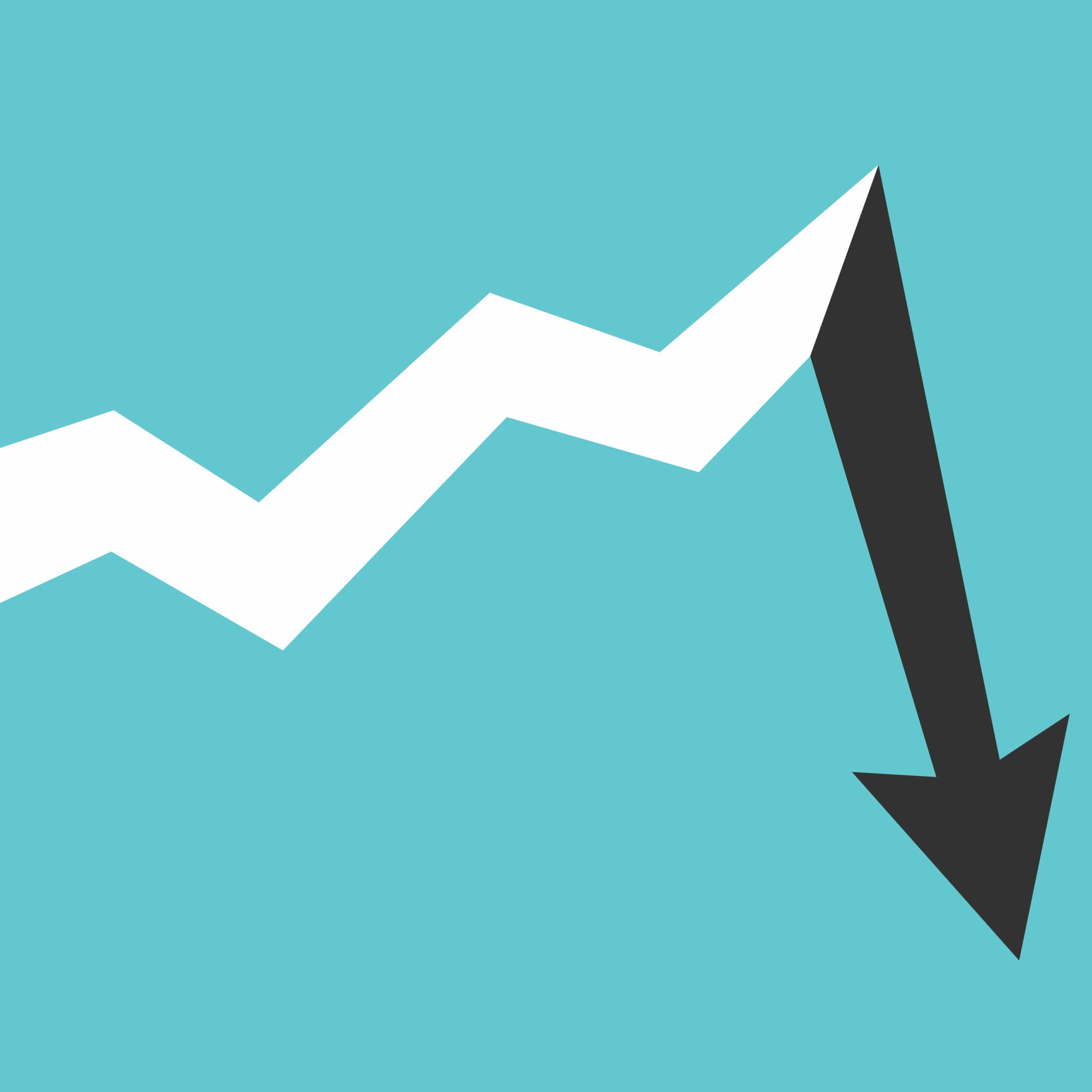Q&A with Stephen Ellis and Maya Chorengel, co-managing partners of the Rise funds at TPG – TPG Rise is largest impact fund platform in the world, with around USD13 billion AUM. Its latest fund in the climate space is due to close shortly with a hard cap of USD7 billion. How much growth does it still see in the space and what challenges still remain on impact measurement and financial performance…
Q&A with Stephen Ellis and Maya Chorengel, co-managing partners of the Rise funds at TPG – TPG Rise is largest impact fund platform in the world, with around USD13 billion AUM. Its latest fund in the climate space is due to close shortly with a hard cap of USD7 billion. How much growth does it still see in the space and what challenges still remain on impact measurement and financial performance…
Specialist impact funds have traditionally been small-scale, below USD 1bn. What influenced TPG Rise’s decision to enter the billion-dollar arena and how much further can you grow here?
Steve: One of the pillars of our theory of change was that we need- ed to get large institutional capital interested in the sector. But you also want to be diversified which is important for investors and important to solving the myriad of issues the world faces. Our first fund was over USD2 billion and that gave us the ability to invest across five different sectors and around the world. Also, in order to do the kind of rigorous impact underwriting that we do, it takes time, it takes resources, and it’s much more difficult to do that if you’re a small-scale fund.
Impact entrepreneurs also care a lot about the reach of your fund, and the depth and scale of the capabil-ities that you bring to bear to help grow their businesses. There is no issue with the with size of the market or getting too crowded. Frankly, we can increase the size of funds tenfold and still be massively short of the capital required.
How have you seen the approach from LPs to your strategy develop since you first launched Rise I?
Maya: Part of the Rise effort was to bring LPs along the impact journey. The persistent issue for LPs, I would say, is that there still isn’t a widely accepted set of external standards in the industry on ESG or on impact, so some LPs continue to have difficulty making sense of impact assessments from one fund to another. Sometimes questions from LPs are very surface level, because they don’t always have the tools to get to the depth of impact or depth of practice. There’s a lot of learning that’s required still, but we believe that the more impact assessment work we do, and with more impact funds coming into the space, impact measurement and data will continue to improve over time.
Steve: The market has made a lot of progress but even today, with many relatively large and sophisticated LPs, we are still having conversa- tions that seem very similar to the ones we had five years ago.
Does your ‘impact multiple of money’ methodology help to guide these conversations?
Steve: When we built the IMM process, we were very focused on creating a decision tool which is different than a disclosure mechanism. The IMM has helped eliminate concerns around our authenticity.
Maya: It has been critically important. We work with a select group of our LPs to share the advancement and refinement of our approach and what we’re learning about research and its application.
The IMM is also critical for the entrepreneurs, because the entre- preneurs that we engage with often do not have a very articulate way of explaining why their products and services are creating the good that they are designed to deliver.
Using research, data, and evidence, we can help them under- stand the drivers of impact, hold them accountable for their impact results, and help to manage their impact outcomes. We believe that’s a very, very powerful combination.
Following your specific climate and healthcare impact funds, what other themes do you expect to see in impact?
Maya: Within social impact, as well as within climate impact, it is important to have deep domain knowledge. Within climate investment there is so much that is new in terms of the science, the technology and the approach. There’s also a spectrum of return potential in climate impact funds [across] the fixed asset return category, the infra- structure return category, the venture category and the growth equity category. Some social problems need to be addressed by philanthropy or government aid and are just not appropriate for growth equity return – you can see this across different demographic segments of financial vulnerability in the US for example.
Steve: In certain sectors and in certain demographics, it gets very, very hard [to generate market rate returns] and we need to do the hard work of determining where commercial capital is appropriate and demonstrate an ability to deliver competitive returns alongside strong business performance and quantifiable impact, otherwise we can’t attract the institutional capital necessary to focus on the social and environmental issues important to the world.
How do you weigh up political risk when you invest in developing countries and emerging markets?
Steve: Impact-oriented businesses, particularly in developing markets, tend to be better aligned with what’s important to local governments, regulators and officials so we tend to be going with the grain of what’s important to those who control the geopolitical situations in those mar- kets. It doesn’t eliminate the risk by any stretch. You have to develop a deep understanding of the geopolitical context and explicitly build it into your commercial and financial underwriting. Currency is another related risk we assess very carefully. These risks are why we only invest in places where we have teams on the ground.
Maya: Our internal wiring for assessing political risk, regulatory risk, or macroeconomic risk is as significant at Rise as it is across every other TPG fund. But when you are impact-driven, you’re embedded in the issues and challenges people are trying to manage in their everyday life, so it is important for us and our companies to be clear about our mission and remain very, very cognisant of reputation risks as well.
Read the rest of the Private Equity Wire Insight Report: Creating Values: Behind the ESG Revolution in Private Equity






